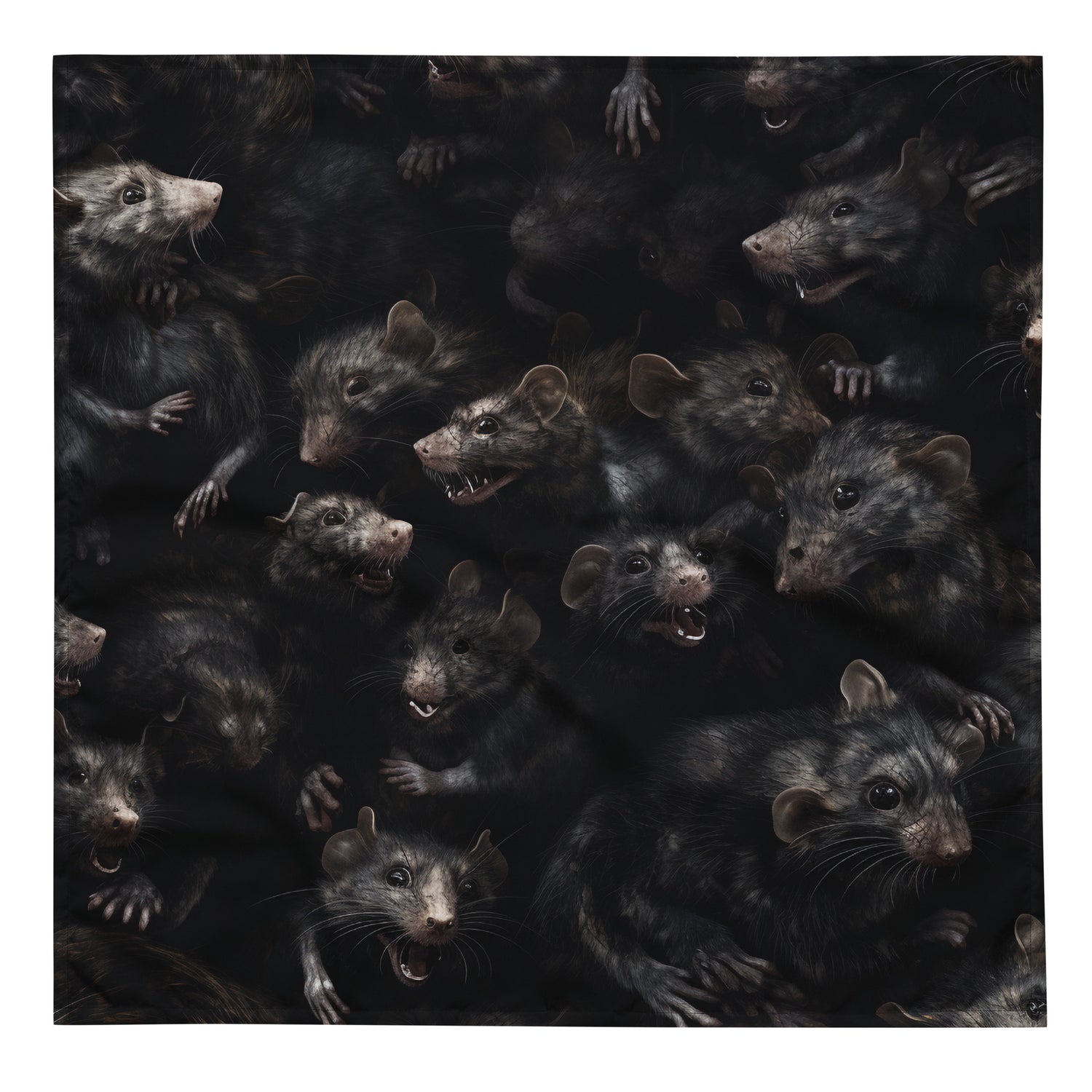When you think of rats, what comes to mind? Maybe it's the image of a pesky rodent scurrying around in the dark, looking for scraps of food. But did you know that rats have a rich history in mythology and folklore? That's right, these little critters have been featured in stories and legends from around the world. Let's dive into the fascinating world of rats in mythology and uncover the truth behind these misunderstood creatures.
From Villains to Heroes
In many cultures, rats are often portrayed as villains, symbols of disease and destruction. However, in some mythologies, rats are actually seen as heroes and bringers of good fortune. In Hindu mythology, the rat is the vehicle of the god Ganesha, the remover of obstacles. In Chinese folklore, the rat is one of the 12 animals of the zodiac, symbolizing wealth and prosperity.
The Pied Piper of Hamelin
One of the most famous stories featuring rats is the tale of the Pied Piper of Hamelin. In this German legend, a mysterious piper dressed in colorful clothing lures away the rats from the town of Hamelin with his magical flute. When the townspeople refuse to pay him for his services, the piper uses his flute to lead away the town's children as well. The story serves as a cautionary tale about the consequences of not keeping promises.
Rats in Egyptian Mythology
In ancient Egypt, rats were associated with the god Apep, the serpent deity of chaos and destruction. Rats were seen as symbols of darkness and evil, often depicted as enemies of the sun god Ra. Despite their negative connotations, rats were also believed to possess magical powers and were sometimes used in healing rituals.
So, the next time you see a rat scurrying by, remember that these creatures have a rich history in mythology and folklore. They may not be the most glamorous of animals, but rats have played a significant role in shaping the stories and beliefs of cultures around the world. Who knew that these little rodents could be so fascinating?




